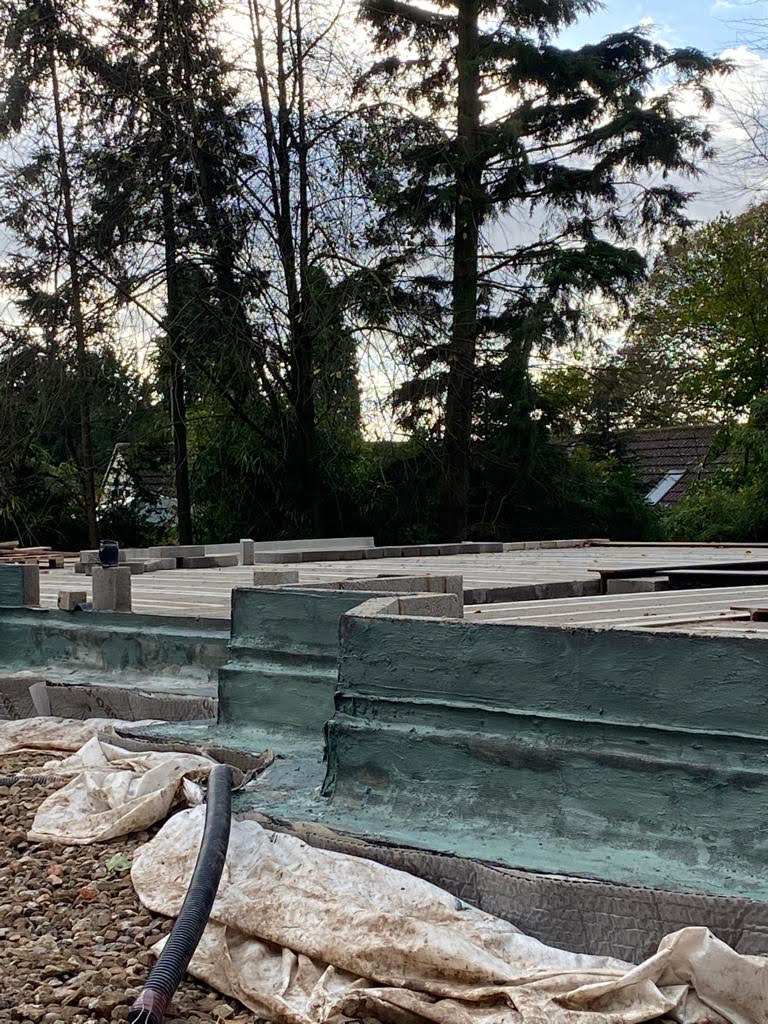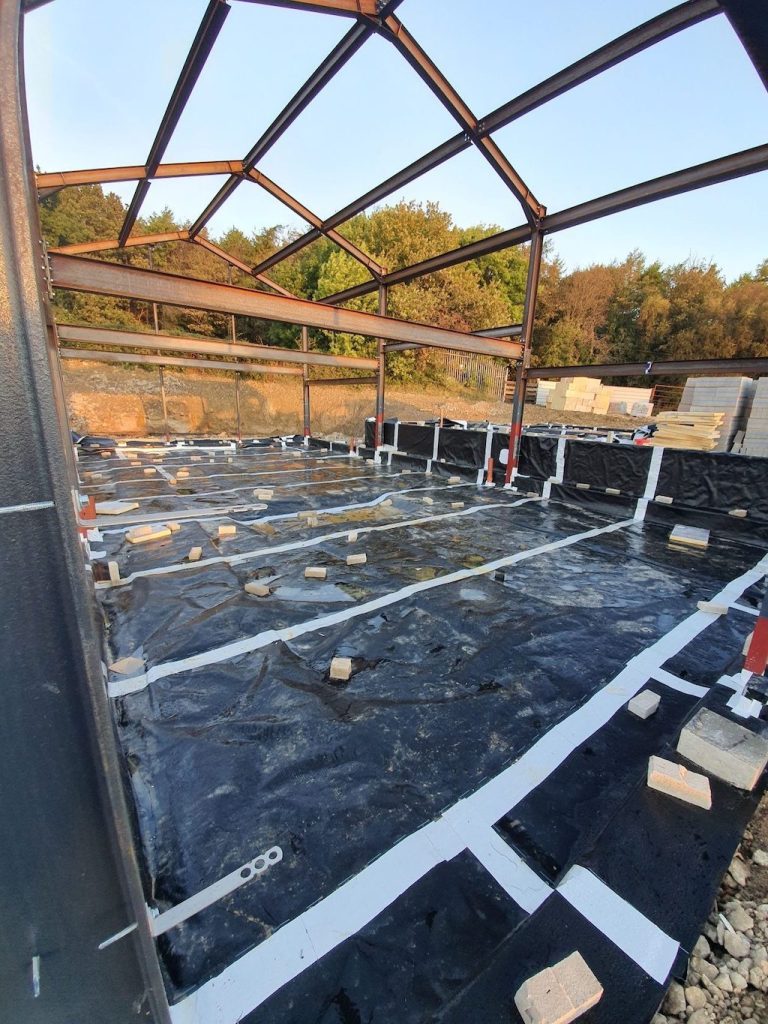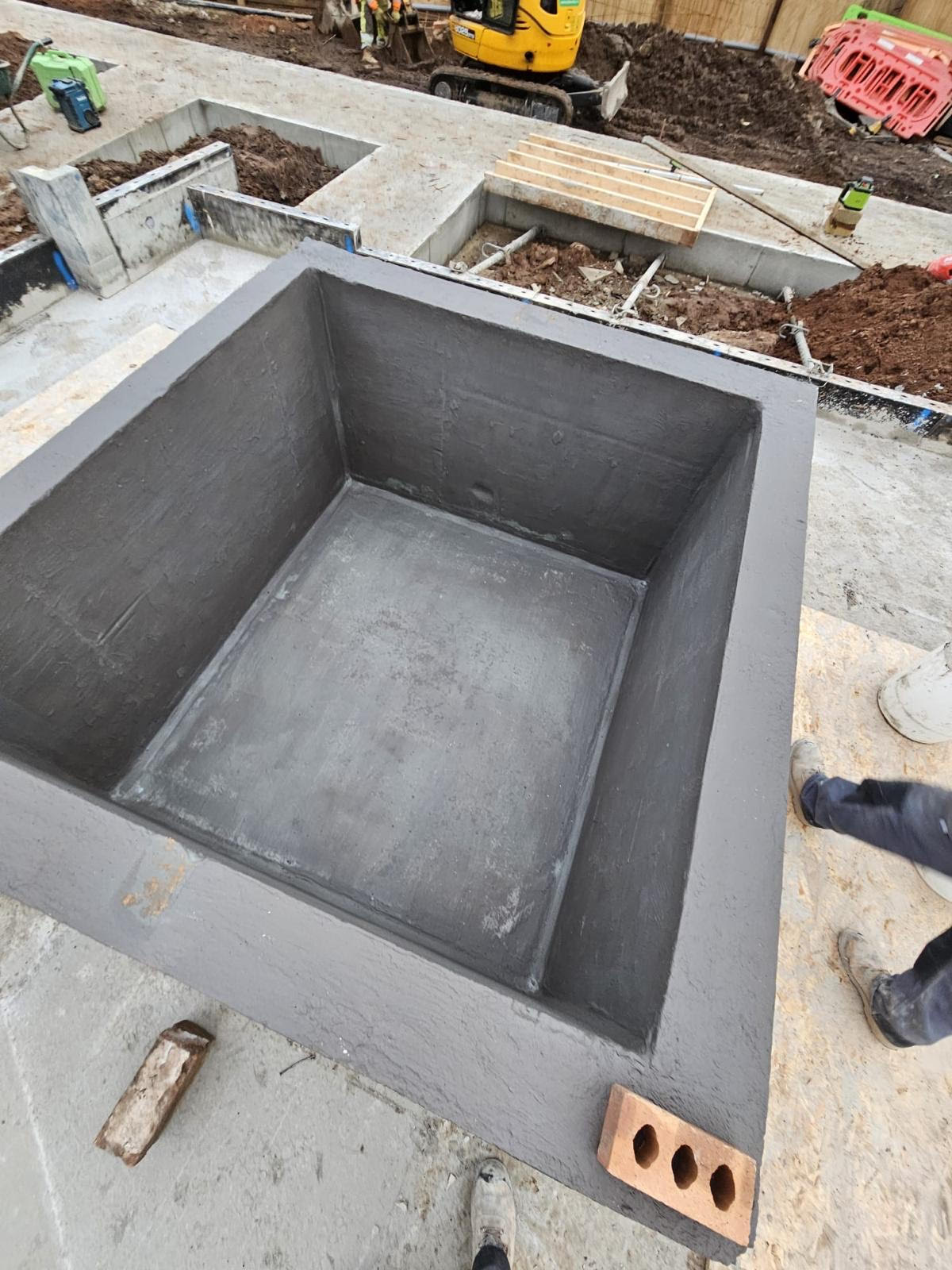Understanding Type A, Type B, and Type C Waterproofing Systems
BS8102:2009 Overview
The British Standard BS8102:2009, which provides guidelines for protecting below-ground structures from water ingress, identifies three main types of waterproofing systems:
Type A: Barrier Protection
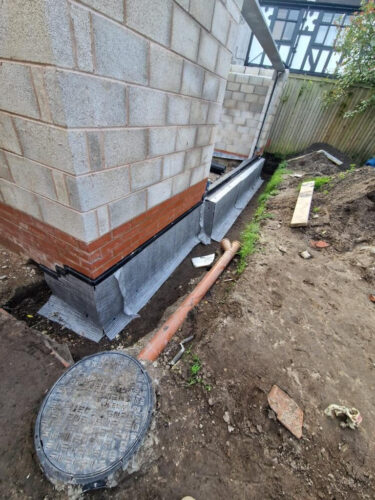
Type A waterproofing, also known as Barrier Protection, prevents water ingress by applying a separate barrier to the structure. This system, often referred to as “Tanking,” involves using waterproof materials on the external walls and floor slabs of a basement or underground structure. These materials can be applied to the external or internal surfaces of the walls and floors, or even sandwiched between them, creating a barrier between the structure and groundwater.
Type A waterproofing materials include bonded sheet membranes, liquid applied membranes, geosynthetic bentonite clay liners, and cementitious slurries and powders. In some cases, a double layer of protection is achieved by applying materials to both the external and internal surfaces.
Type B: Structurally Integral Protection
Type B waterproofing relies on the structure itself to provide water resistance. This type of protection is integrated into the design and construction of the building, using materials such as reinforced water-resistant concrete or structural steel. The effectiveness of Type B protection depends heavily on the design, material specifications, and quality of workmanship. Seepage issues typically arise from poor joints, cracks, or discontinuities like service penetrations.
Type C: Drained Protection
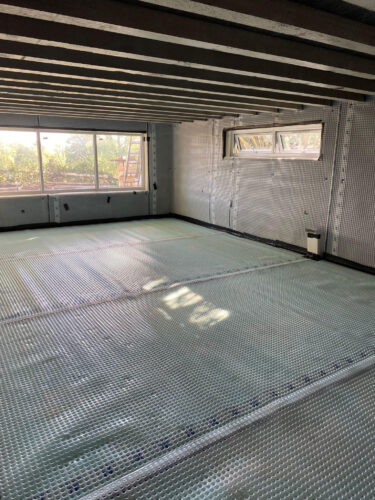
Type C waterproofing involves managing water ingress by incorporating an internal water management system. This system allows groundwater to penetrate the external wall or floor up to a cavity between the external shell and internal finishes. The water is then collected by a cavity drain membrane and diverted to a controlled drainage system.
Cavity drain membranes have a studded external surface that directs water into designed drainage channels, leading to a sump and pump chamber or a passive drainage system. This method ensures that any water entering the structure is effectively managed and safely disposed of.
Summary
These three types of waterproofing systems, as outlined in BS8102:2009, offer different methods of protecting below-ground structures from water ingress. Type A provides a barrier, Type B relies on the structural integrity, and Type C manages water through an internal drainage system. Each type has its specific applications and materials, ensuring comprehensive protection against water ingress.


